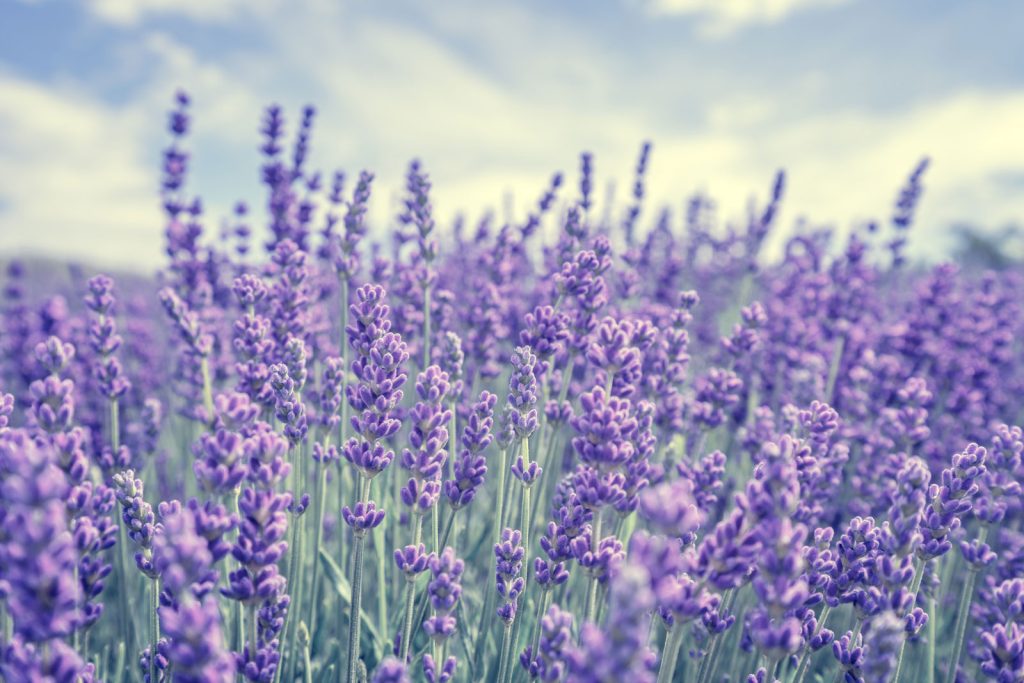
Native species, the unsung heroes of biodiversity, form the cornerstone of conservation efforts worldwide. In the plant world, native species stand out for their unique adaptations to local environments and climates. Take, for example, the oak tree, a symbol of strength and endurance in temperate forests. Oaks provide critical habitat and food sources for countless species, from birds and mammals to insects and fungi. Similarly, the prairie blazing star, with its vibrant purple blooms, thrives in grassland habitats, attracting pollinators and enriching the landscape with its beauty. With conservation in mind, All Native Seed’s IA CP25 Wet Mix includes the seeds for the prairie blazing star, ensuring the continuation of its vital role in enhancing biodiversity and ecosystem health.
Animal diversity is equally impressive, with native species demonstrating remarkable adaptations to diverse habitats and ecological niches. The American bison, an iconic symbol of the Great Plains, once roamed in vast herds across North America, shaping the grassland ecosystems through grazing and trampling. Today, conservation efforts aim to restore bison populations and their habitat, recognizing their integral role in maintaining grassland biodiversity.
In aquatic ecosystems, native fish species play a crucial role in maintaining freshwater biodiversity and ecosystem function. Species like the Chinook salmon, known for their epic migratory journeys, serve as keystone species in riverine ecosystems, transporting nutrients and supporting diverse food webs. Similarly, freshwater mussels, often overlooked but ecologically indispensable, filter water, stabilize riverbeds, and provide habitat for countless aquatic species.
The importance of native species extends beyond their individual contributions to ecosystem function; they also serve as indicators of environmental health and habitat quality. Monitoring native species populations can provide valuable insights into ecosystem dynamics, habitat degradation, and the effectiveness of conservation measures. By prioritizing the conservation of native species, we can safeguard biodiversity, restore degraded habitats, and mitigate the impacts of climate change.
As we delve into the rich diversity of native species, it becomes clear that choosing the proper CRP seed mix is essential for nurturing these invaluable plants. It’s essential to consider factors such as soil type, climate conditions, and intended conservation goals when choosing the seed mix. Opting for a diverse mix of native grasses, wildflowers, and legumes can help establish a resilient ecosystem that supports local wildlife and enhances soil health. Consulting with agricultural experts or local conservation organizations can provide valuable guidance in selecting the most suitable seed mix for your specific restoration project. Contact All Native Seed today to get started!
